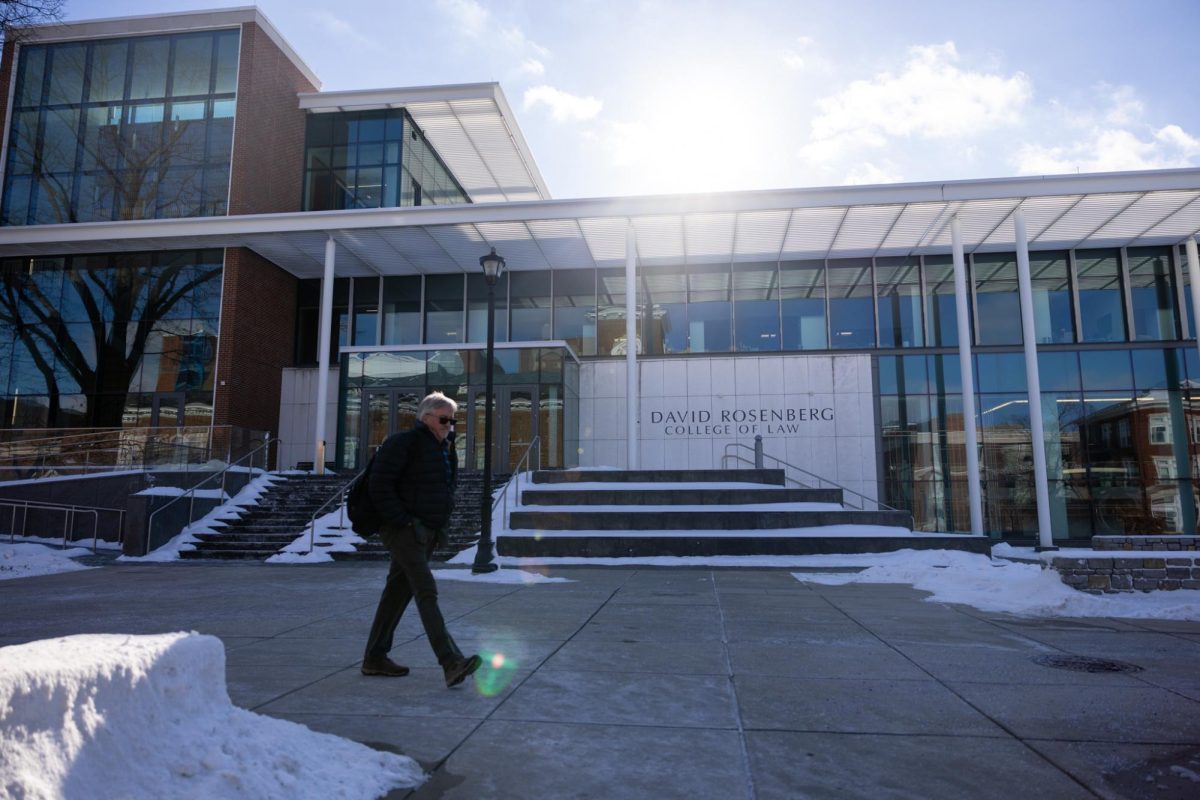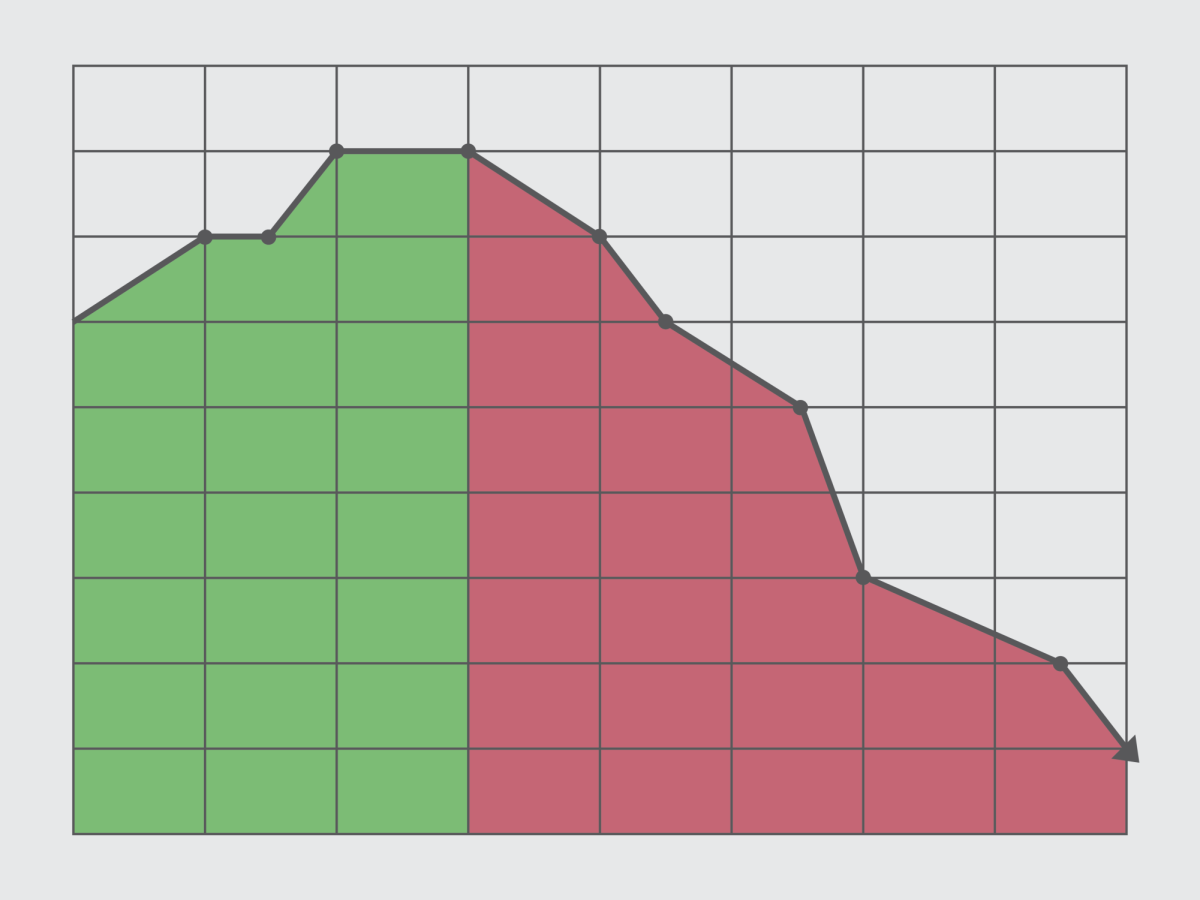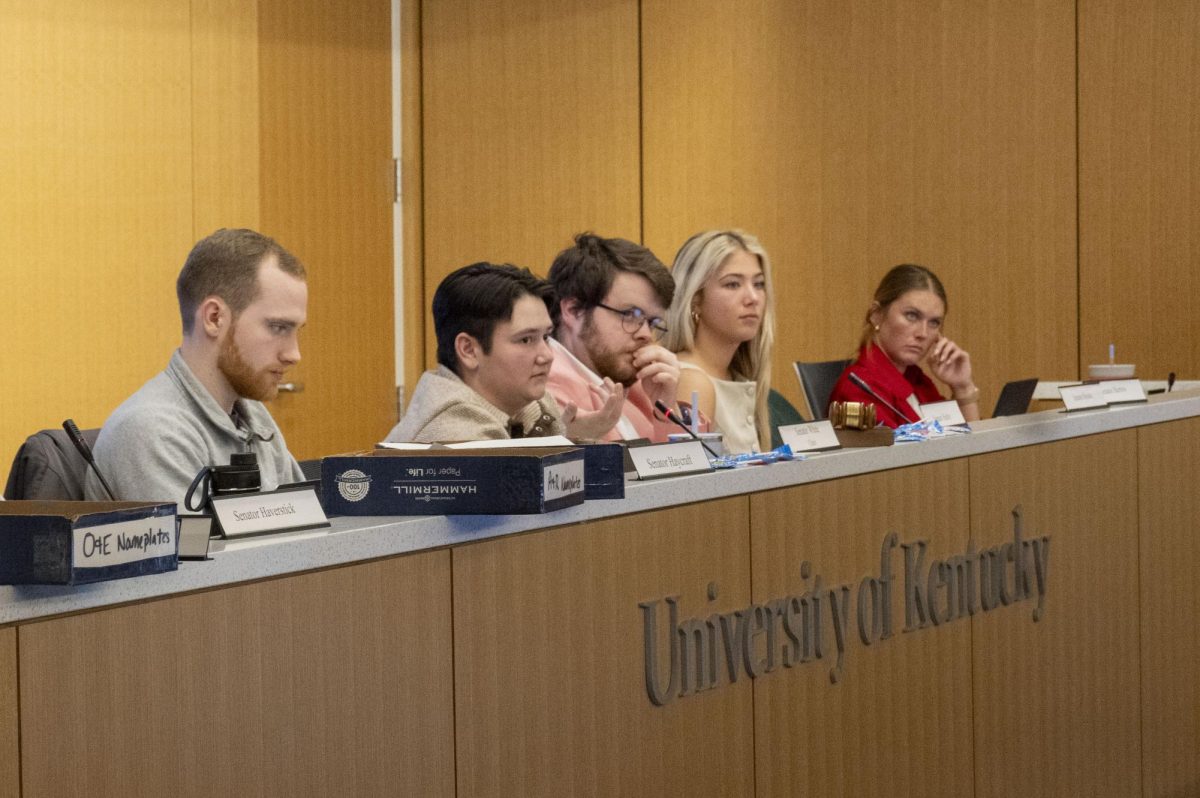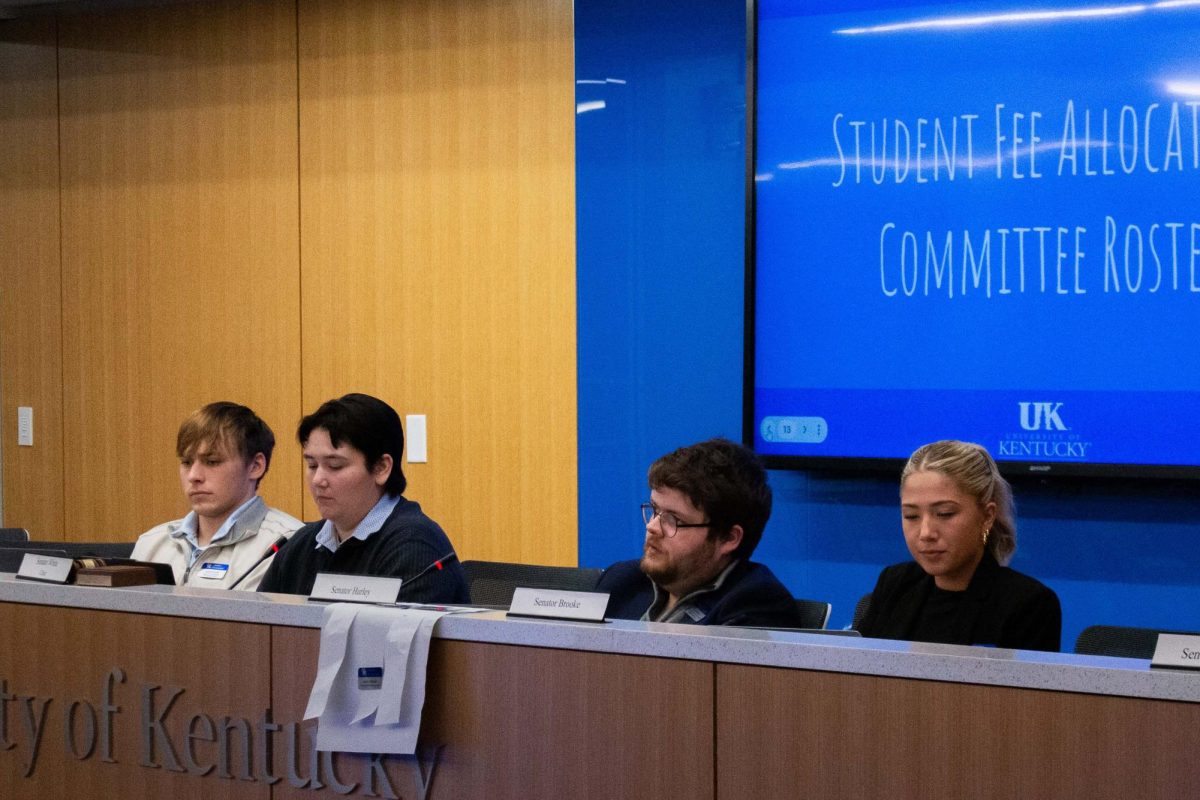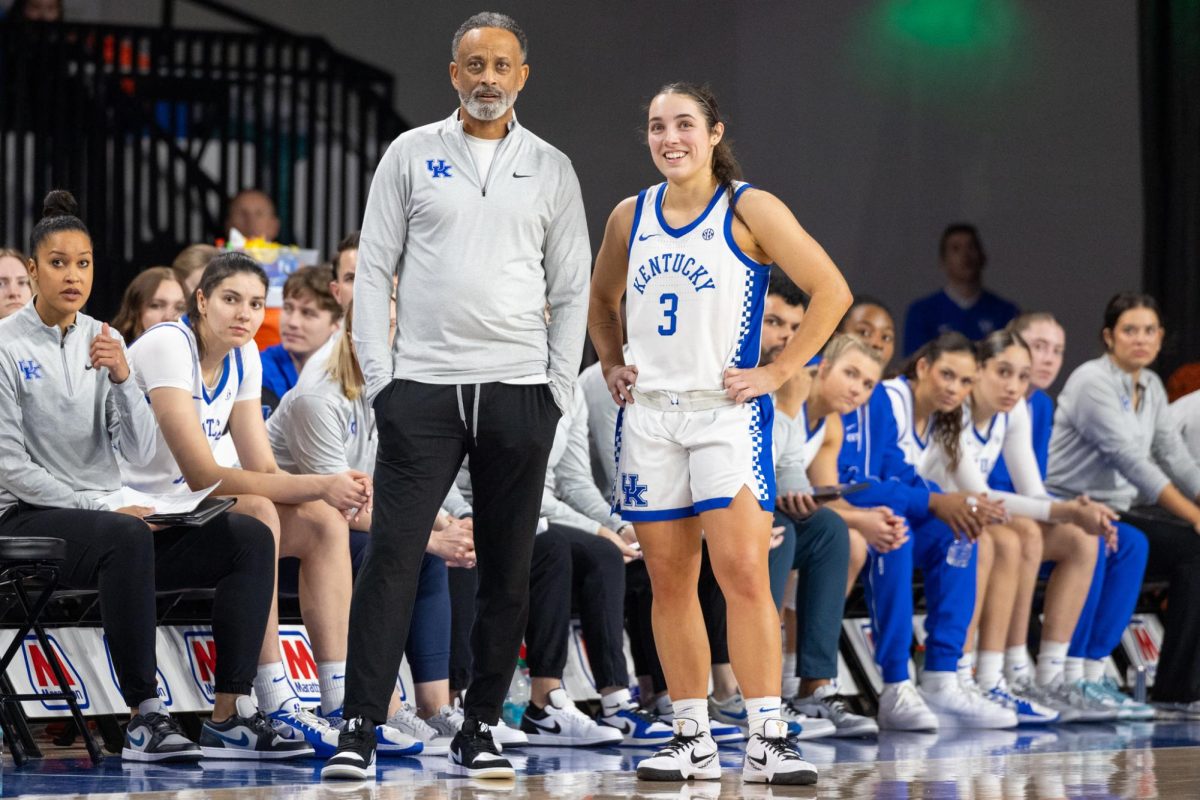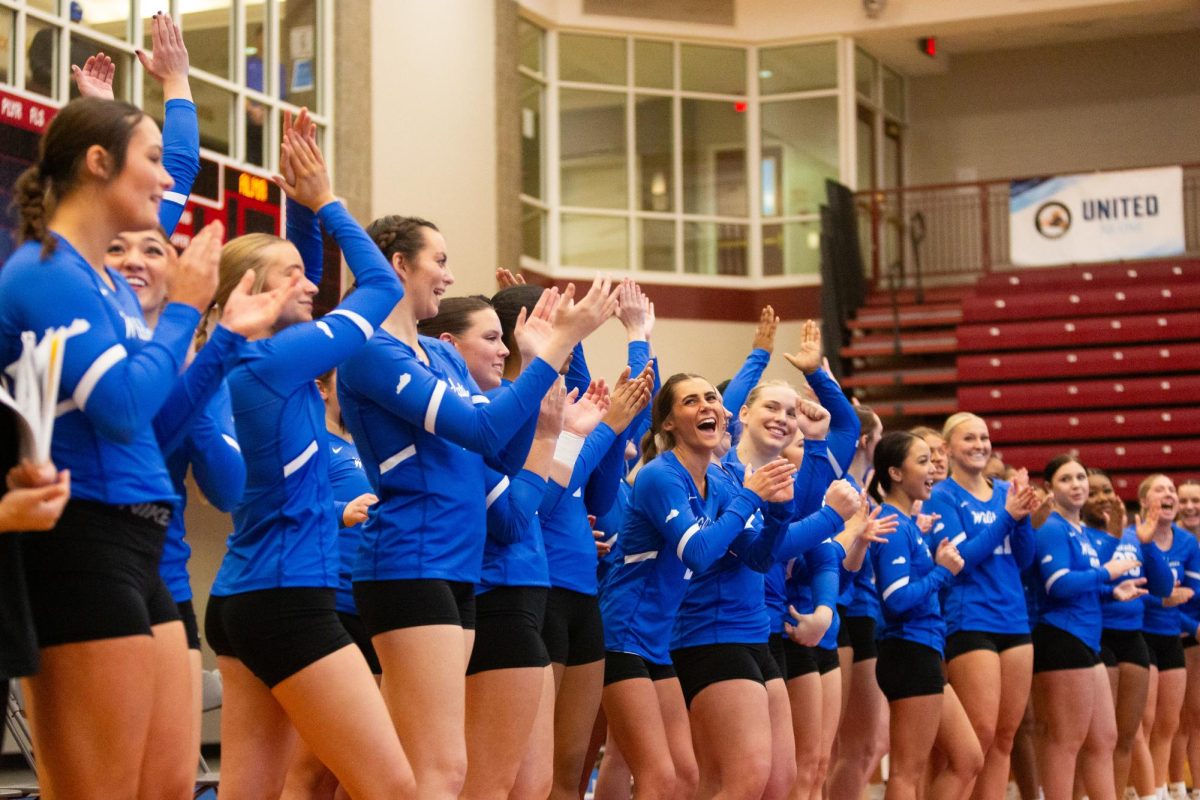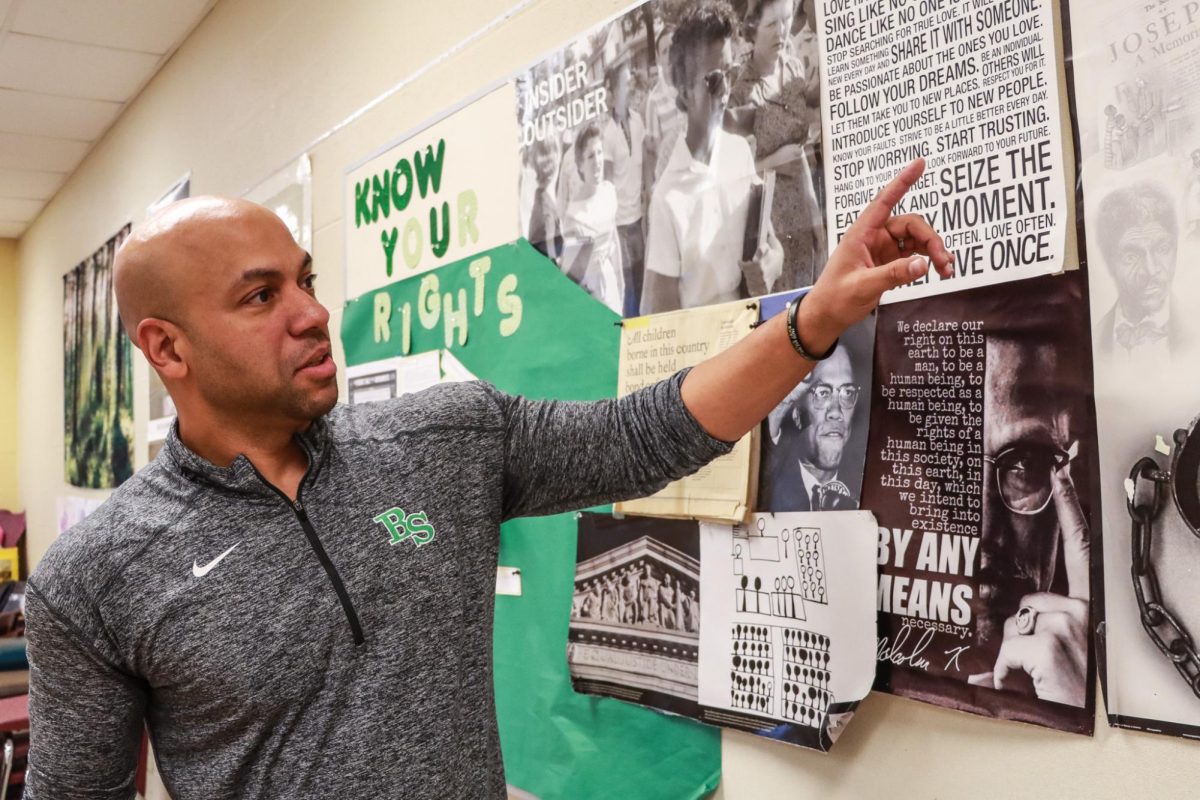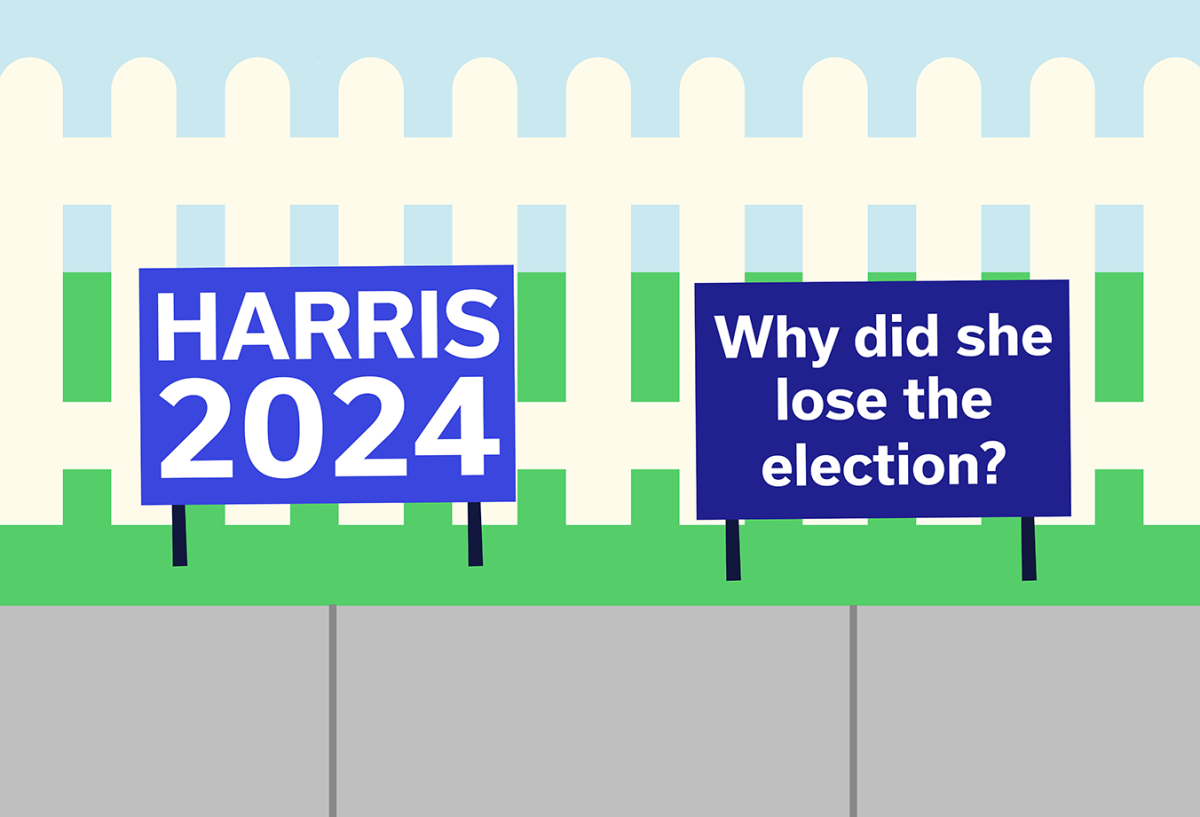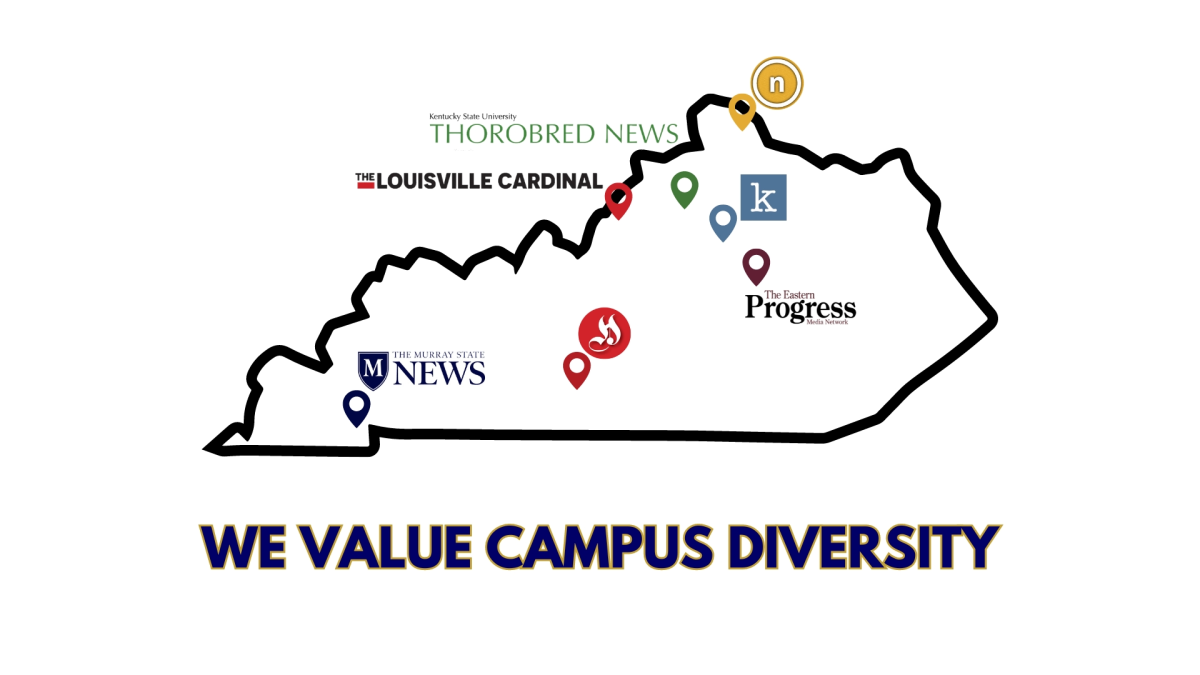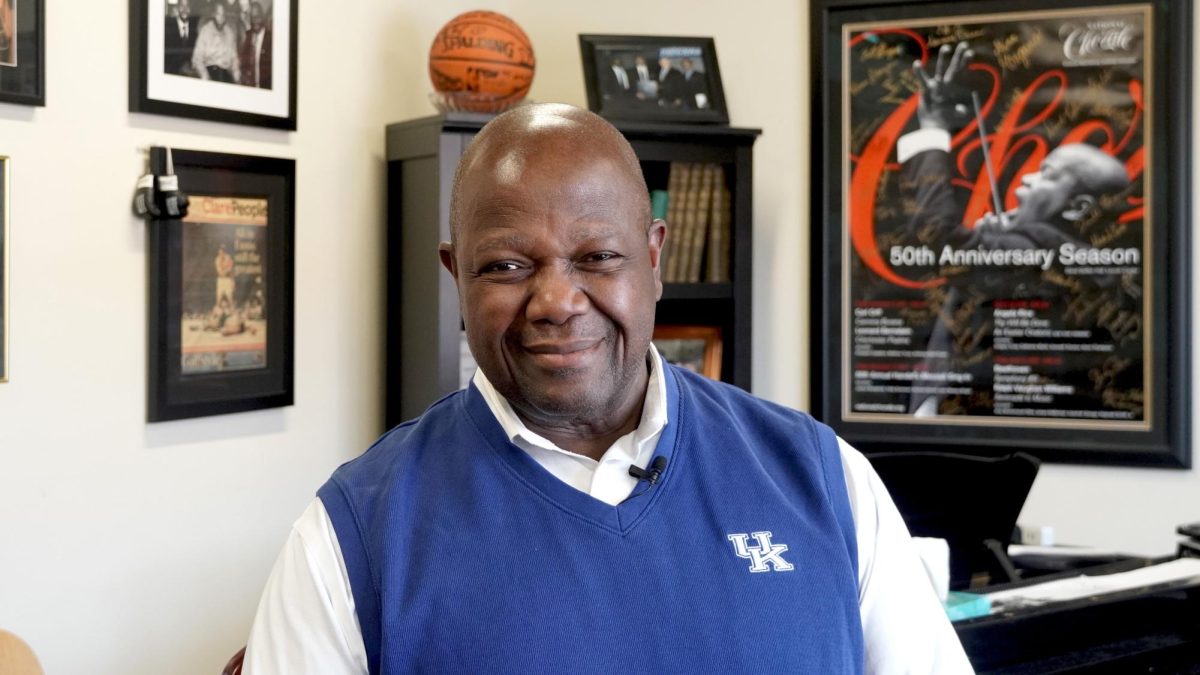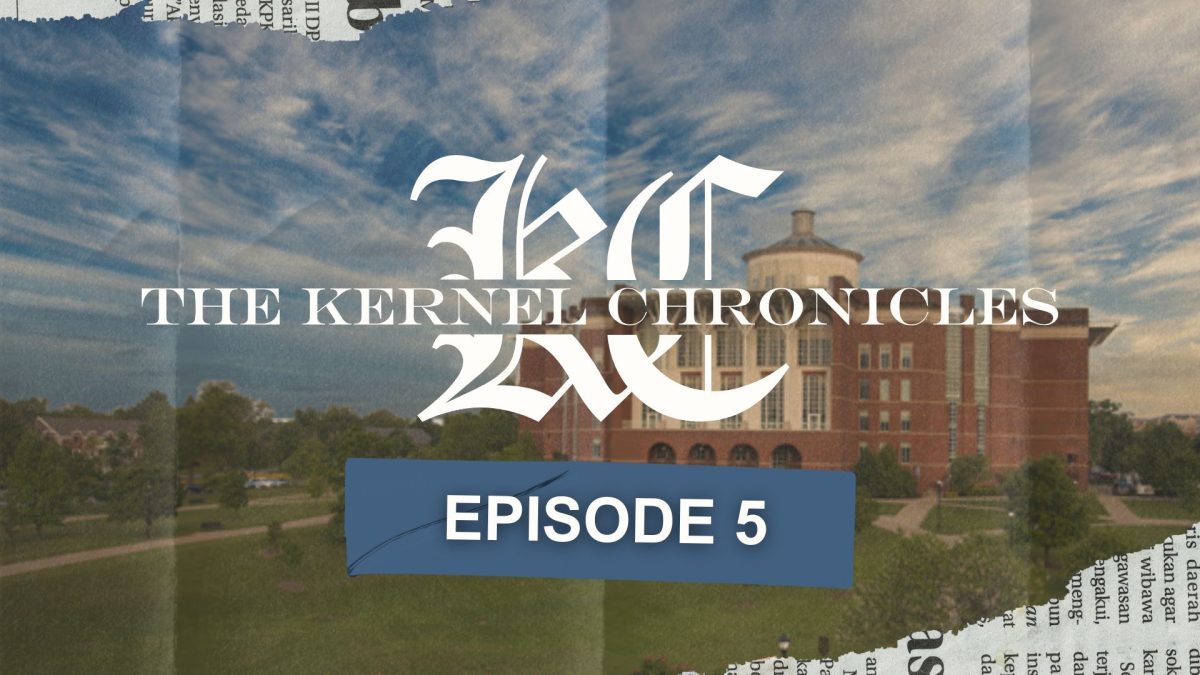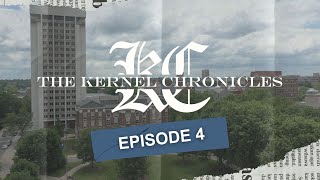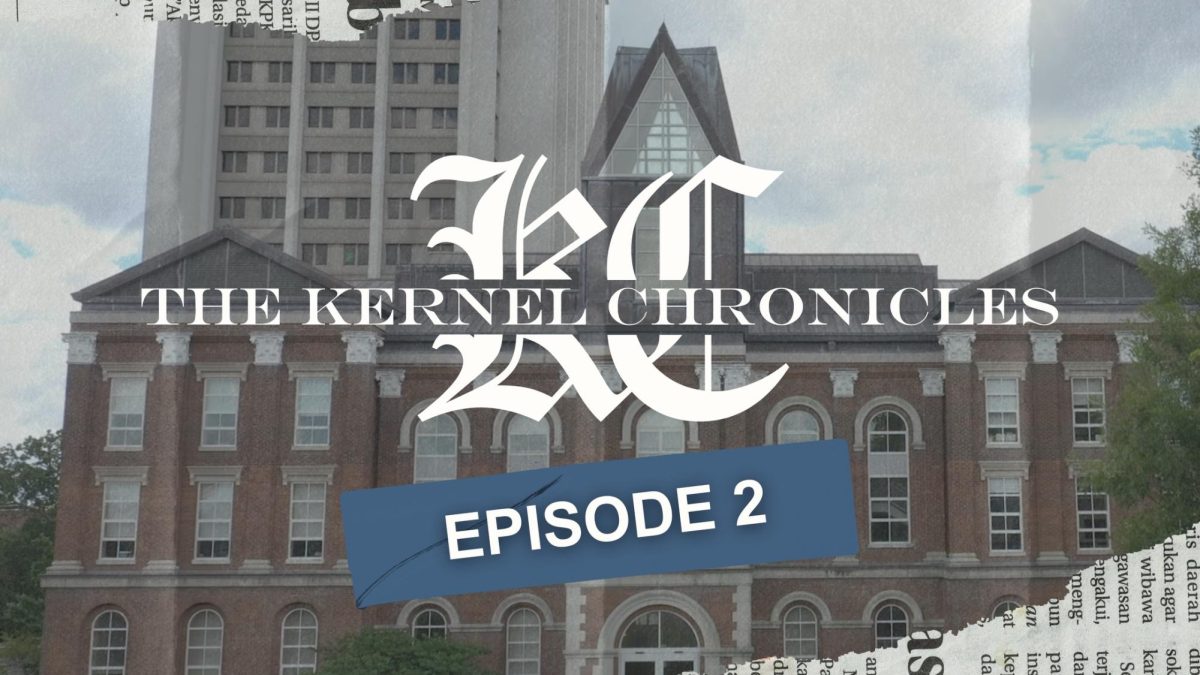Op-ed: Identity, power, and equity in education
September 27, 2019
Xiao-Yin Chen is a graduate student in the Educational Psychology program at UK. Her research focuses on first generation students, underrepresented minorities, achievement gaps and social belonging.
This will be my sixth year at the University of Kentucky. Much has changed since I set foot on campus on my first day of undergrad — not only at UK, but across the United States.
Now, more than ever, there is better awareness of prejudice and discrimination. As a Wildcat, I have been proud of the strides our university has made to incorporate more diversity and inclusion for marginalized students. Even so, this pride comes with a bit of hesitation. We still have much further to go.
I graduated from UK with a bachelor’s degree in psychology. As a first-generation Chinese-American student from Appalachia, this was not a feat I was destined to achieve. From my research in education, I know that the retention rates for first-generation college students, students of color and students from Appalachia are far lower than the rates of students from more privileged groups. My research focuses on these achievement gaps and, of course, ways to reduce them. I hope that my work helps to encourage social justice and equity in education.
Equity is a term that is too often used incorrectly. In short, equity means fairness (not sameness). Equity in education has an even deeper meaning. A 2002 study in the American Educational Research Journal describes equity as “the inability to predict [achievement] and participation based solely on student characteristic such as race, class, ethnicity, sex, beliefs and proficiency in the dominant language.”
As an educational researcher, the “inability to predict” something is frustrating, especially two of the most important variables in my field (i.e., achievement and participation). True equity might be a statistician’s nightmare. Nevertheless, we include controls for gender, ethnicity/race and social class in our fancy statistical models that, still yet, yield statistical significance.
Now, I’m learning more about how to combat and understand inequity. Specifically, there are four dimensions of equity to address in education: access, achievement, identity and power. I argue that our community’s work thus far has only targeted two of those dimensions: access and achievement.
Access ensures that students have the resources to participate. At our university, this might look like good quality curriculum and instruction. From an equity standpoint, this might include scholarships for first-generation college students or a basic needs fund. As a university who just accepted the largest class of first-year students ever, students’ access to opportunities is growing.
A second dimension of equity encourages achievement. Our university thrives off the achievement of its students, so much so that it emphasizes academic success as one of its pillars of academic excellence. This too, we are improving.
That leaves me to describe the two pieces of equity that are often ignored, however crucial they are to equity: identity and power. Identity requires that students see themselves in their curriculum, and, as the American Educational Research Journal study states, are able to “become better persons in their own eyes, not just in the eyes of others.”
Seeing yourself in your curriculum is important. By this, I don’t mean slapping photos of students of color on posters. I mean truly seeing yourself and your own identity flourish in your courses. I mean the ability to make strong connections between your own background and class content. I mean the freedom to explore your cultural identity in a space that is safe to do so.
Finally, the last dimension of equity involves power. Power is ability to partake in social transformation at every level. This means allowing voices to be heard and being open to new knowledge. This means actually listening and relinquishing power to resident advisers, Black student unions, and a basic needs campaign, all of whom highlight a need. To uplift power, it must be relinquished from those who hold the most of it at the classroom, departmental, and university level.
Like other educational systems across the U.S., our university falls short in educational equity. But let us be the first flagship university to expand its views on equity beyond access and achievement. Let us flourish in our identities and power to impart true social change.



